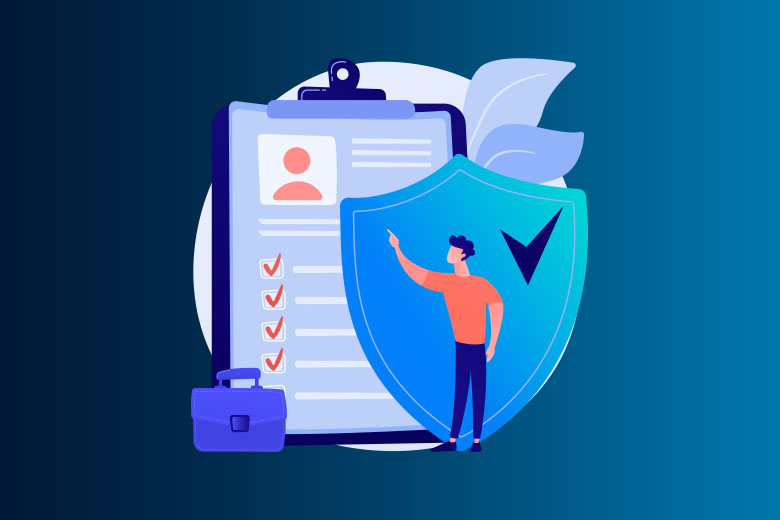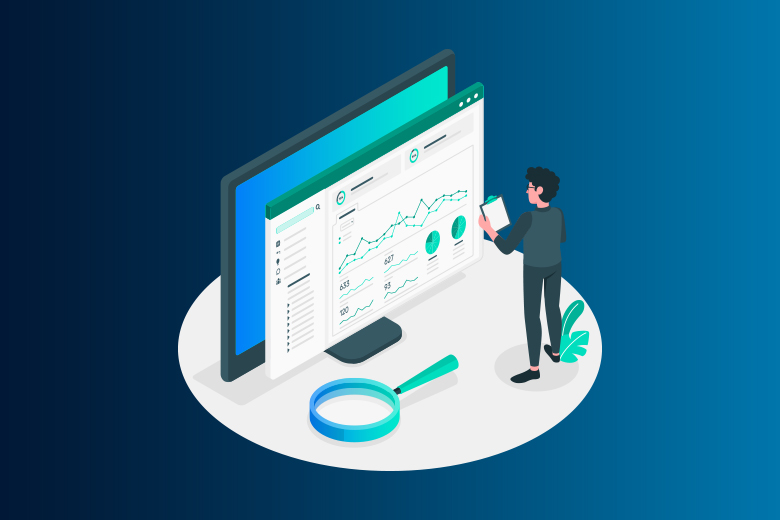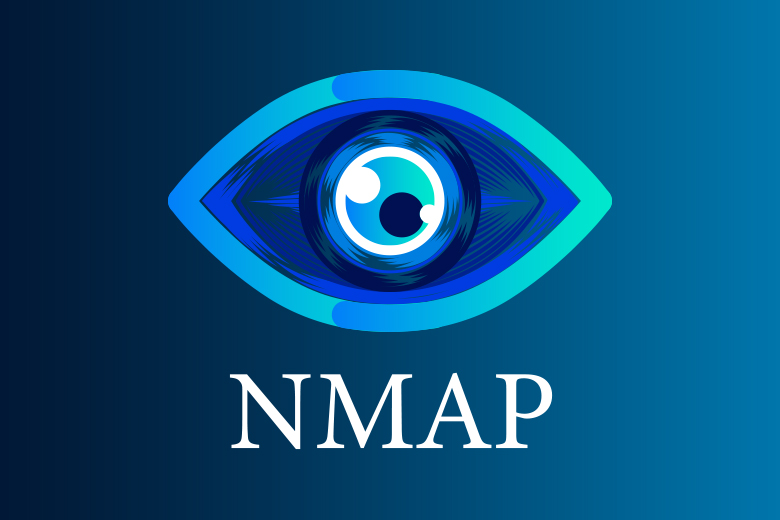24 May 2024
SafeAeon Inc.The Internet of Things (IoT) is growing very quickly. There are now billions of devices that are sending and receiving data. These devices range from smart homes with thermostats that change themselves to connected cities with smart traffic control. According to a new study by Gartner, there will be an amazing 25 billion connected products in use around the world by 2025. This world is very convenient and efficient because everything is linked together, but it also gives hackers a huge and growing area to attack.
These devices are becoming more and more important in our homes, workplaces, and key infrastructure. This makes them easy targets for bad people. In the same way that one weak spot in a knight's armor can make him fall, one hacked device in an IoT network can cause a lot of damage. For example, in 2021, a large-scale cyberattack used weak webcams to launch a DDoS (Distributed Denial-of-Service) attack that shut down important websites CSO Online. This event is a stark warning of what could happen if IoT security isn't tightened up.
We need strong answers that can keep up with the constantly changing cyber threats if we want to protect the future of this connected world. In this case, using a well-designed database for IoT protection changes the game. Companies can make a big difference in the fight against cybercrime by putting all of their device information, security settings, and real-time threat data in one place. Imagine a watchful guardian who constantly checks the network and sounds the alarm as soon as something goes wrong. A database for IoT security could be that watchdog, giving us the information and centralized control we need to keep our world safe as it becomes more linked.
The biggest security challenges with IoT
Not Strong Encryption and Authorization
IoT devices often have weak security, like using default passwords, which makes them easy for hackers to get into. IoT devices that aren't recognized on a network can also be a danger because they can be used to attack or steal data.
There is no encryption
A lot of the network traffic from IoT devices is still not encrypted, which means that cyber threats like ransomware can access private data. This is especially scary for devices that are used in private areas, like security cameras, printers, medical imaging, and patient tracking.
Flaws in the software and firmware
Because the IoT industry is growing so quickly and costs are tight, firmware and software security is often hacked. Millions of devices have Vulnerabilities that can be used by hackers to do even the most basic damage. These flaws affect both the devices themselves and the web apps that are connected to them.
Communications Not Safe
IoT devices often connect to networks with other devices, which makes it more likely that hacked devices will attack multiple networks. For instance, there have been major breaches in the auto business because of Vulnerabilities in the Bluetooth technology used in smart cars. A lot of IoT devices depend on protocols like HTTP and APIs, which can also be used against them.
Patching and updating devices is hard to do
A lot of IoT devices don't have the security features they need to get regular updates, which leaves them open to long-term risks. Manufacturers don't always put strong security features in their products, so users or network managers are usually the ones who have to make sure that security updates and patch management happen on a regular basis.
These problems show how important it is to have thorough security plans for IoT deployments to keep them safe from many types of cyber risks.
What is required to ensure communication security in IoT environments?
Zero Trust
Historically, network security usually meant strict rules about who could access the network and trust the private network. This method has always shown to be flawed. In the zero-trust model, there is no implicit trust. Instead, there is constant verification and strong cryptographic measures. This is because, like the public internet, all network segments are seen as possibly hostile. Even if the infrastructure is broken into, this method is meant to protect the safety and integrity of data.
Privacy and security
For personal or business interactions to be secure, data transmission must be hidden from third parties. This is usually done with end-to-end encryption, which uses strong, standard cryptographic methods from the time the data is created until it gets to its final location. This is made better by zero-trust design, which makes sure that even network-level eavesdropping can't break data privacy. Systems must make encryption easy to use by letting people turn it on by default.
Duty of care
In addition to keeping information private, it's important to keep data from being changed or faked. The network should be able to find any changes or scams, even if it means replaying messages. Hash-based message authentication can help protect the accuracy of data by stopping changes that aren't supposed to be made.
Feeling private
Protecting privacy means making sure that signals don't reveal information that could be used to identify someone. This stops so-called "metadata attacks" that could link messages to specific devices or users. A lot of the time, integrity and encryption come first. However, encrypting identifying information is just as important for privacy and stopping specific attacks.
Size and scope
Since IoT can connect billions of gadgets, it's important that it can grow and stay safe. The business world needs to back this growth by making sure that both expensive and cheap products have strong security. To allow for future updates and fix security gaps in already deployed devices, proactive security steps like forward security are needed.
When it comes to IoT security, there are a lot of things that could go wrong if you don't protect private data properly. The business needs to back up projects and rules that make all IoT devices safer.
How to address IoT Security Requirements?
Taking care of IoT security needs a multi-layered approach that includes keeping an eye on your network, separating it into sections, and protecting it. Here's how to set up a strong IoT protection system:
1. Learn: It's important to have full network awareness. So, security systems can check the identity of IoT devices, put them into groups based on their risk, and identify them. This sorting is very important for organization and keeping things safe.
2. Segment: Figuring out the IoT attack surface lets you put devices into groups based on how dangerous they are. This segmentation is based on policies and helps to separate devices, which makes leaks less likely to happen.
3. Protect: Once the network has been divided into sections, set up monitoring and policy enforcement at different places in it. This includes watching what the gadget does and making sure it follows security rules.
Understanding the specific security needs of IoT devices:
Depending on how they run their business and the network environment, each company or industry may have different IoT security needs. A lot of different safety steps should be thought about, such as:
Administrative Controls: Wi-Fi security, regular updates, and strong password enforcement are all basic things that should be done.
Behavioral monitoring means keeping an eye on how networks and devices act to spot changes that could mean malware.
Network segmentation means putting Internet of Things (IoT) devices on different networks to stop the spread of possible threats.
Zero-Trust Network Access means putting in place strict access rules that don't assume trust.
Layered Security for Devices with Few Configuration choices: Endpoint encryption and other layered security measures can protect devices with few configuration choices.
Cloud Convergence: As IoT and cloud technology become more integrated, adding cloud-based security solutions can make devices safer and give them more working power.
Understanding Protocols: Being familiar with the different protocols that internet and network devices, as well as Bluetooth, use can help lower security risks.
GPS Security: For businesses that depend on GPS, it's important to keep an eye out for problems like fake or jammed signals.
Doing a Risk Assessment: It is very important to know what weaknesses each IoT device on your network has. Attackers often take advantage of devices that aren't being properly watched or protected, like rogue devices or old equipment. Keeping a full list of all networked devices and using tools that can quickly find all IoT links are important parts of a complete security plan.
By doing these things, businesses can make their defenses stronger against the new threats that are coming at IoT settings.
Conclusion
As the Internet of Things (IoT) grows quickly, it is more important than ever to keep IoT devices and their data safe. Using databases correctly is a key part of making IoT security systems stronger. An IoT database can make sure that data is correct, that processing happens in real-time, and that the database can grow very large. It can also provide strong security measures like encryption and access controls. By using strong databases, businesses can not only protect the huge amounts of data that IoT devices produce, but they can also make these systems work better and more efficiently. IoT is always changing, so the ways we protect it need to change too. It is easier to protect against cyber threats and reduce vulnerabilities when you use advanced databases that are built to work in IoT settings. In the end, integrating advanced database solutions is necessary to keep IoT systems safe and reliable, making sure they can handle the challenges of tomorrow with SafeAeon.














